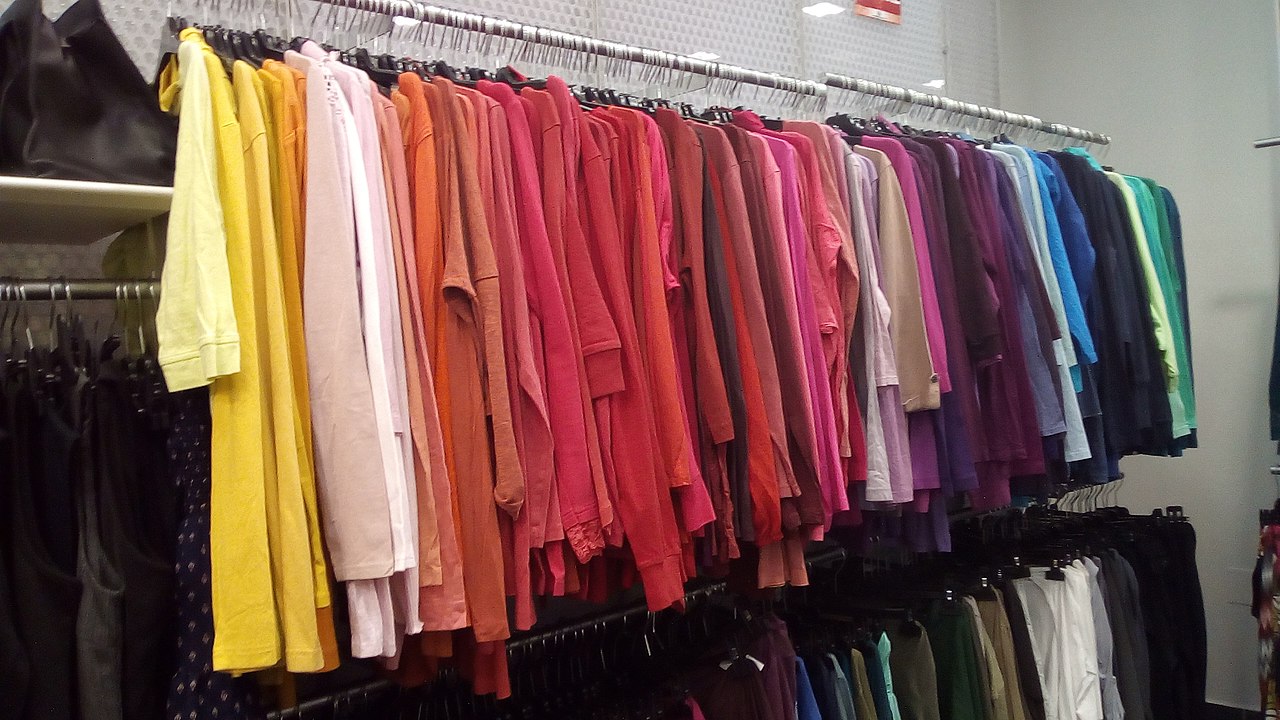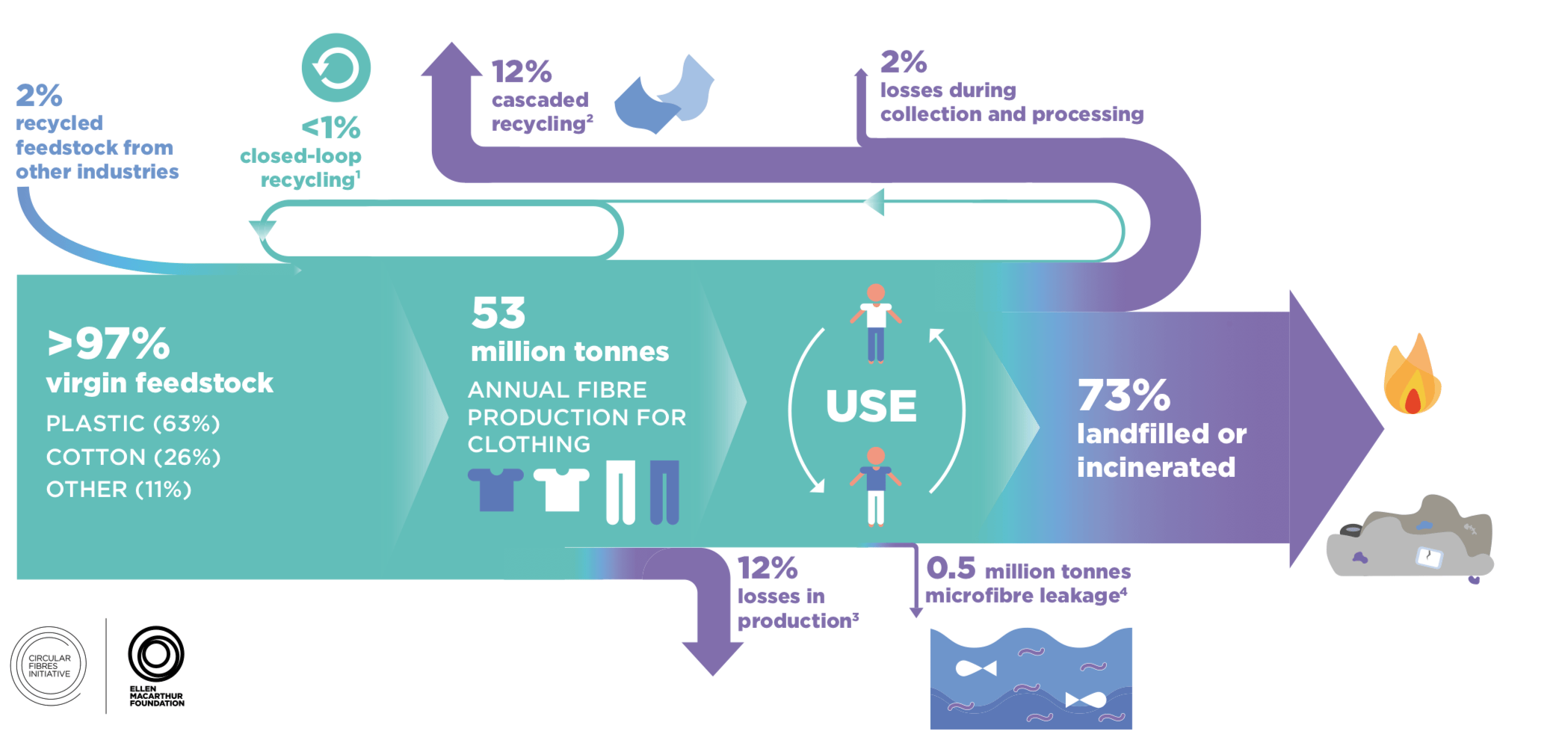Even during a pandemic, donating lightly used clothes, furniture, or other household goods is still the most sustainable way to manage your spring cleaning backlog. But where to go and how to keep everyone safe? We have some resources for you!


Even during a pandemic, donating lightly used clothes, furniture, or other household goods is still the most sustainable way to manage your spring cleaning backlog. But where to go and how to keep everyone safe? We have some resources for you!

On this blog and in general sustainability circles, we often talk about the environmental and health impacts of plastics, vehicle emissions, buildings, air travel– even the food we eat.
But today we want to take a deep dive into something we haven’t discussed very much. It’s a sector which is lesser-known, but hugely impactful in terms of waste generation and greenhouse gas emissions. We’re talking about clothing and textiles.
Did you know that between Thanksgiving and New Year’s, Americans throw away 25% more trash than during the rest of the year?!
As the Black Friday flurry and holiday gift-buying season approaches, it’s a good time to be mindful of this impact and how we can take charge of minimizing our environmental footprints.
It may come as a surprise, but the fashion industry is a significant contributor to our landfills, as well as to 8% of global greenhouse gas emissions, almost as much as the entire European Union!! The clothes industry also creates plastic pollution, threatens public health and the environment through intense chemical pollution, and takes up an enormous amount of landfill space.
Clothes are definitely a necessity and are also a fun way to express one’s creativity. But today, we want to emphasize the impact of the textile industry and why we need to think more carefully about the clothing purchases we make.
According to the Ellen MacArthur Foundation, the environmental impacts of clothes production include:
These impacts are increasing due to the rise of fast fashion.
